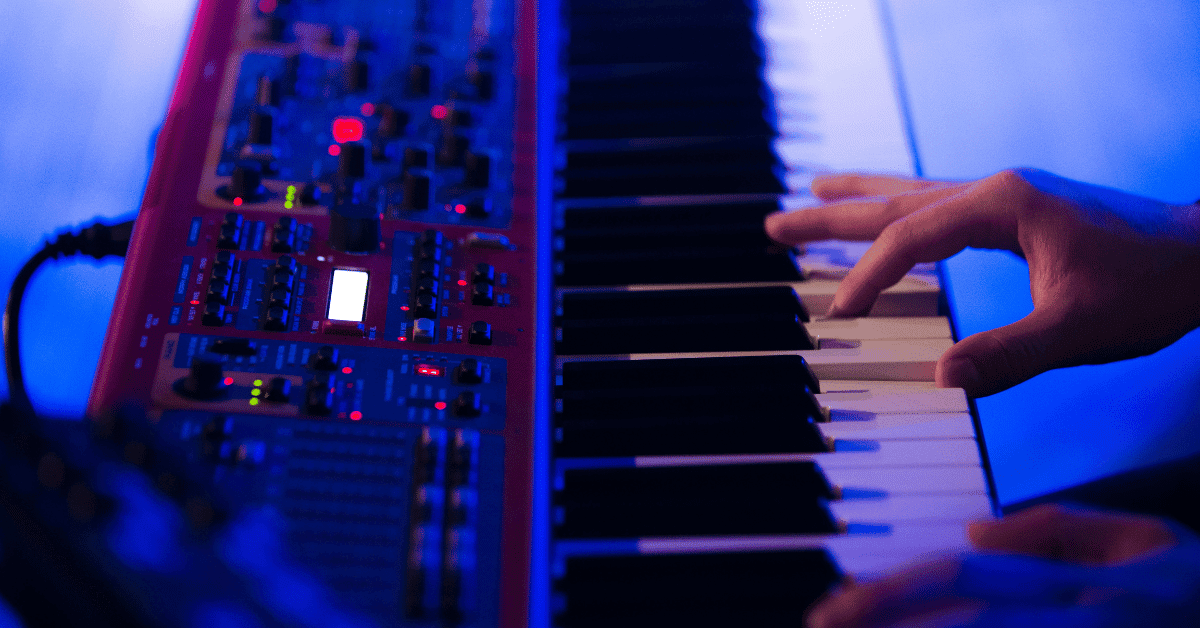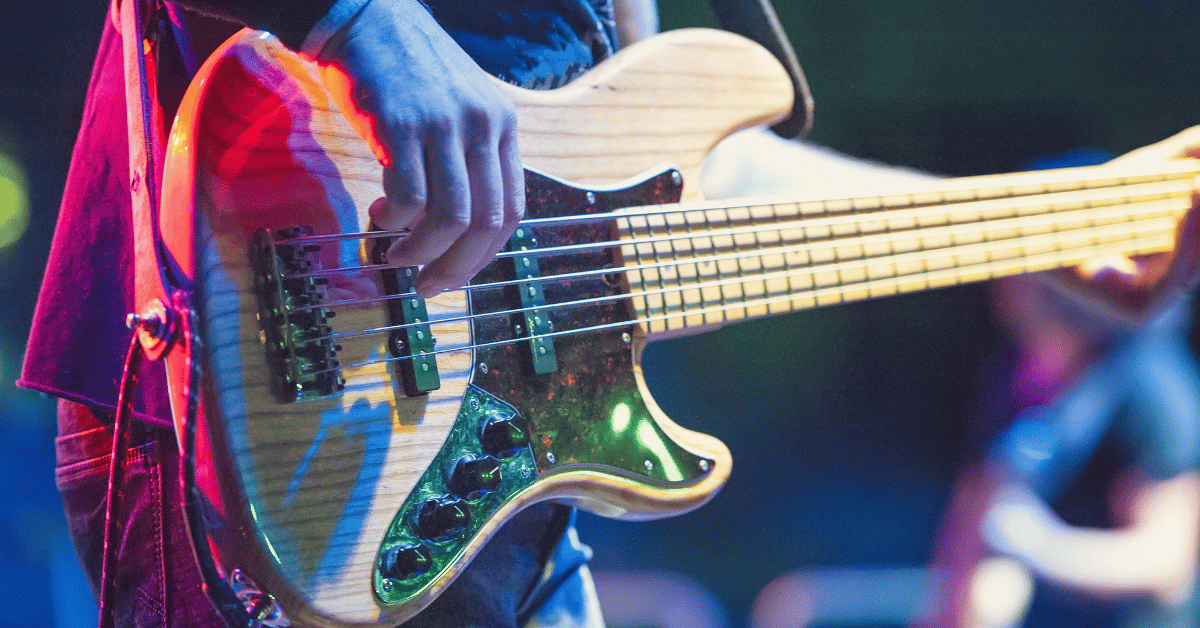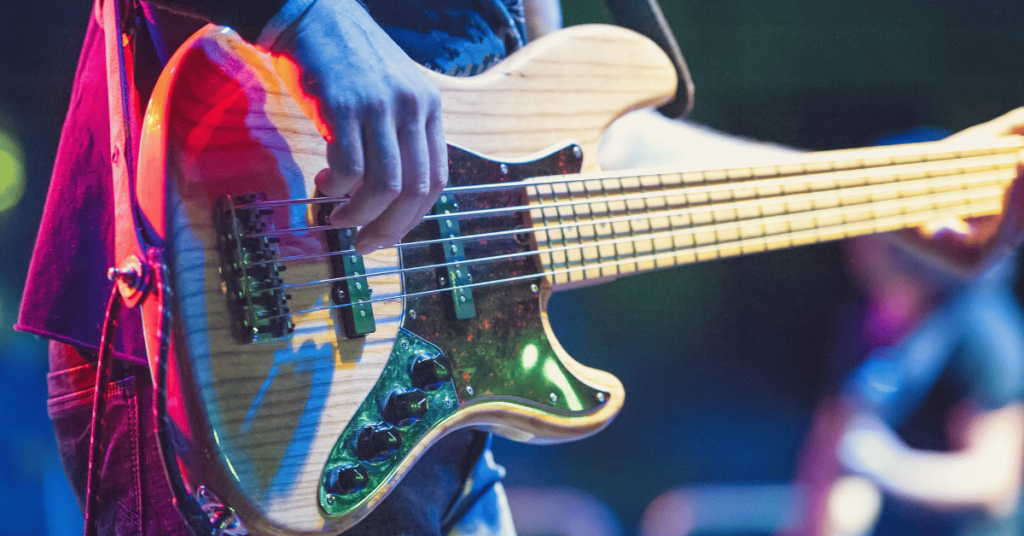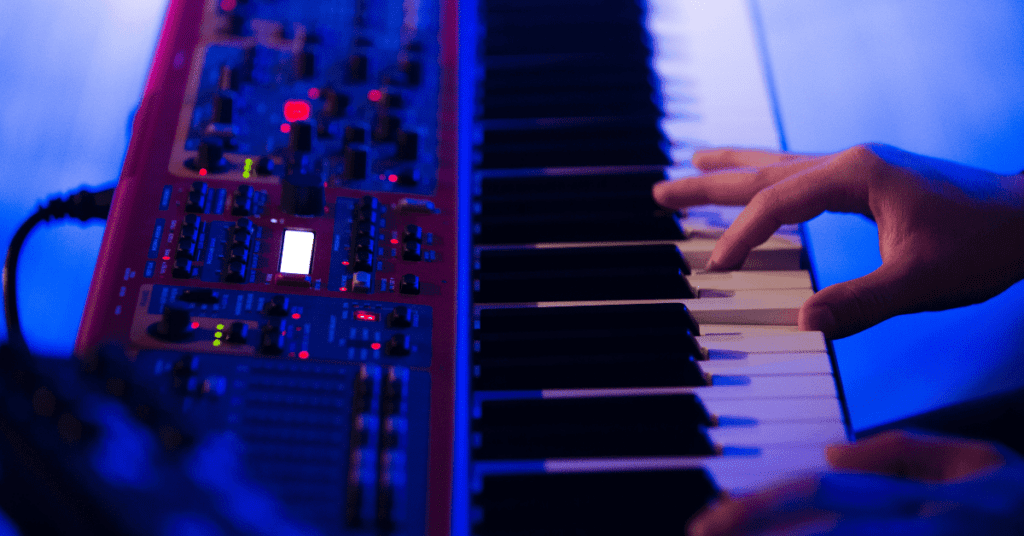Worship Tracks Pro Tips
I remember the first time I was introduced to worship tracks. It felt like I was handed the keys to a fancy sports car without any driving lessons. When I took my first worship pastor job, I asked my friend Ben to show me how to use Ableton for worship backing tracks.
Needless to say, I was incredibly overwhelmed. Until then, my only experience with worship tracks was playing songs on an iPod with click/guide on the left and the worship backing tracks on the right. And so, stepping into an environment where I was now expected to use them, I was incredibly overwhelmed. Can you relate? I bet you can.
But guess what? Over time, with practice and experience, I found my rhythm. Ultimately, to where for fun, I now build playback sessions for worship teams and touring artists like Andrew Ripp, Rachael Lampa, & Bo Rinehart of NEEDTOBREATHE.
Playback, or as some call them, worship tracks, don’t have to be daunting. Growing confidence & speed in your worship tracks skills takes time, but there are also a few tips and tricks to make your process even easier and quicker. Here are seven pro tips I’ve gathered to help make your playback even more effortless.
1. Maximizing Output Control
A huge component of how your church will experience your worship backing tracks depends on how many channels you have available to dedicate to worship tracks on your soundboard. The balance here is to ensure the worship backtracks harmonize perfectly with the live elements. It’s not just about plugging and playing either; it’s about understanding what subgroup gets their own output.
2-channels of worship tracks
This is pretty simple. Click/guide on the left and worship backing tracks on the right is excellent. It can prove challenging to mix each track in a way that’s best for the mix in the house. The best way around that is to listen to the tracks as the entire band plays along and adjust levels on the computer/iPad accordingly.
4-channels of worship backing tracks
I think the best move is channel and channel 1 – click/guide, channel 2 – percussive tracks, & 3-4 – non-percussive worship tracks (guitars, synths, etc.) This allows you to put the tracks in the mix in a way that doesn’t stick out too much while still having control of the percussive sounds that impact the overall feel of the songs.
5-channels of worship tracks
Same approach as above in the 4-channel section with the addition of a single mono subs channel. Essentially, all your bass guitar and synth bass channels are in their own channel. This gives you more control over the frequency soundscape. Boost lows without boosting mids & highs, etc., etc.
6-channels of worship backing tracks
Some people love having click and guide separated, and to me, it’s not worth creating an entire channel for, BUT if you find that valuable, add this as a channel in addition to the 5-channel configuration.
8-channels or worship tracks
We need to make a crucial decision when reaching this point. And that is, do you plan to use vocal tracks in your playback setup? I personally think you shouldn’t use vocal tracks until you can use them separately from other tracks. Otherwise, they can pop out in weird moments and yuck, yuck, yuck. 90% of the time, I don’t ever have them in a worship tracks session. But if you’re going to use them, add them to channels 7 & 8 in their own separate channels.
If you don’t plan to use vocal tracks in your worship backing tracks, I would say this is when you can start exploring by separating “highlight” tracks from the mix. This can be an in-depth process that honestly only makes sense if you have access to each individual stem.
How “highlight tracks” work
Any lead lines or primary sounds that are super noticeable/memorable in a tracks, put all of those sounds in their own stereo channels. This allows you to have control of these big sounds without affecting the overall bedrock the other tracks are laying.
10-channels of worship backing tracks
Here’s another instance of the classic “see above +…” approach. Take what you landed on with the 8-channel setup, and if you’re using vocal tracks, add the highlight track option. If you’re not using vocal tracks and are using highlight tracks, then here’s where you can start separating guitars from keyboards/synths.
12-channels of worship tracks
Channel 1 – click. 2 – guide. 3 & 4 – Non-Percussive Tracks, 5 & 6 – Perc, 7 & 8 – guitars, 9 & 10 – highlights.
I separate guitars from the rest of the tracks because they are another track that is noticeable in a mix and easy to point out “Hey, there isn’t a guitar player on stage playing that part.” Additionally, there are times when multi-tracks have the lead line oddly distributed across guitar channels 1 through 4 during various parts of the song (shoutout to Hillsong tracks). Again, better mix control, especially with dynamic instruments.
Prioritizing sound engineer control in worship tracks outputs
If the sound engineer has better control, you get a better mix. When your mix is on point, your worship tracks elevate your band’s sound rather than making it feel like you’re just playing along to a karaoke machine. So, always keep an ear on the mix at your source (Ableton, iPad app, etc.) and determine which subgroups make the most significant difference. Give those priority.
2. Audience-Centered Transitions
Okay, let’s chat about transitions. As musicians, we often rely on tools like click tracks to guide us, right? But have you ever just stopped and listened to your transitions without the click? Trust me. It’s a game-changer. Think of it as stepping into the shoes (or ears) of your audience.
When we remove click tracks for worship from the equation, we hear the music in its raw, unguided form. This gives us a genuine feel of how the transitions sound to the congregation. Maybe that pause which seemed just right with the click track, feels a tad too long without it. Or perhaps what felt like a smooth transition with the click on, suddenly interrupts the flow of worship.
By prioritizing audience-centered transitions, we value the worship experience over the technical process.
It pushes us to refine our transitions and ensures that our congregation isn’t pulled out of the worshipful moment by an awkward musical shift. And at the end of the day, creating that seamless and immersive worship experience is a huge priority in our transition decision.
3. The Power of Foot Controllers
Imagine this: you’re deep in the moment, completely engrossed in what the Lord is up to in the set. But then, uh-oh, the Worship Leader calls for a last-minute, unexpected repeat of the chorus. You’ve already got your hands full, quite literally!
Enter the foot controller.
With a tap of your foot, you can effortlessly repeat the chorus without missing a note. This applies to so many different factors like a last-minute fade-out, patch change, section hop, etc., without missing a beat. It’s multitasking at its best, without any of the usual clumsiness. Shoutout Looptimus+
The beauty of a foot controller isn’t just its hands-free operation. Ultimately it’s about freeing up your head space to stay connected to what’s more important, engaging with the Lord in worship.
4. Use Templates & Checklists
When onboarding a new song or creating a new worship set, 99% of the things you do are identical to the last song/set you made. You are adding clicks and guides, setting tempos, adding automation, wrapping, color coding, etc. These are all things that I do every time I create a new worship tracks session. So, I highly recommend creating a list of everything you do in order, from start to finish. Have that in front of you whenever you add a song to Ableton or your playback app.
Additionally, determine what would be beneficial in a “New Song” or “New Worship Set” template and use that every time.
For example, I have a template with my click/guide uploaded, master tempo control, sub-group return tracks, etc. I have this because these are things that I will need for every song. Having them in a template saves me 5-7 minutes of unnecessary work and ultimately, in my mind, diminishes the amount of work I need to do. These types of things help me avoid procrastination.
Sometimes I time myself so that I can accurately gauge how much I need to set aside for the process (plus, it’s fun to know my game speed lol). I also use it to encourage myself when I’m overwhelmed that I can complete a worship set in less time than a 15-min SpongeBob Episode. Listen, sometimes you have to motivate yourself in childhood SpongeBob episode metrics.
Ultimately, you will get faster and faster, and this will become a quick and easy process. The templates and checklists only make it easier. The king of this, Will at From Studio to Stage, has a killer template you can download for free here.
5. Song Section Markers
This is a rehearsal time saver in Ableton. Let’s talk about something we’ve all faced: the annoying scrubbing around in Ableton, trying to pinpoint the section your worship leader wants to revisit. Everyone is waiting around while you’re buried in your screen. Sure, it often only ends up being 30 seconds, but I’ve experienced firsthand how the difference between 5 seconds and 30 seconds is huge in maintaining momentum and overall team vibe.
Setting up song section markers is incredibly simple
Create empty MIDI clips at the length of each section of the song. Label them and use color coding to distinguish between sections like verse, pre-chorus, chorus, etc. This allows you effortlessly hop from one section to another.
Here’s a crucial tip: always add an empty track below your song section channel strip.
You’ll often want to start a bar or two before the section you’re jumping to. So, select the section, use the down arrow to reach the empty track, arrow over once or twice to your desired start point, and press play. Using the left or right arrows when a MIDI clip is selected will shift the clip’s location, throwing off your section markers. And trust me, that’s a headache you don’t want.
6. Songs without Worship Tracks, Still Use Click/Guide/Pad
Sometimes, you come across songs that don’t need worship backing tracks. But this doesn’t mean you kick your playback system to the curb. Using a pad fills up the sonic space, creating a fuller sound. I suggest putting an envelop filter on that pad so you can open up the brightness in loud moments and darken it up in softer moments in the verse or down-sections.
Plus, the added benefit of having click and guide controlled by the same playback platform? It’s a game-changer. I honestly find it incredibly silly for teams to jump back and forth between, say, Ableton and a DB-90 (although just saying the DB-90 does have superior click sounds). Centralize your worship set for consistent sound and seamless transitions; it’s not just efficient, it’s transformative for your worship tracks experience.
7. The Importance of a Line Check App
Last but by no means least, let’s dive into something that’s often overlooked but is an absolute game-changer: line-check apps. Specifically, let’s give a nod to Oaktone Line Check.
We’ve all been there. It’s soundcheck time, and we’re trying to gauge if each output is balanced. So we hop around to different parts in the set to hear if the outputs are consistent. It’s a guessing game that can eat up time and sometimes still leave us uncertain.
Enter Line Check.
This nifty app simplifies the whole process. With a few taps, you can ensure that all outputs are consistent, removing the guesswork from soundchecks. It sends a voice down each channel at the same volume, and you can hear from a reliable, consistent source if the outputs are receiving consistent levels.
Since I got it last summer, there has yet to be a soundcheck where I don’t use it. It takes 10 seconds, and the number of times it has helped me quickly realize the pad on the playback DI was accidentally on, or a faulty XLR is in the signal chain is wild.
So, if you’re looking to elevate your soundcheck game and want consistent, reliable output checks every single time, consider making Oaktone Line Check a staple in your tech toolkit or uploading something of the sort into your worship tracks app. You won’t regret it!
The world of worship tracks might seem like diving into the deep end at first.
But with time and the right approach, these tools can elevate your playback abilities in no time. Whether you’re just keeping it simple or rocking multi-channel setups, always remember the heart behind it all: enhancing our worship experiences and connecting more deeply with the Divine. Technology in worship is simply a tool for achieving that vision. Whether you’re a newbie or a seasoned pro, I know these tips will help elevate your worship tracks game. I hope this stuff is as fun for you as it is for me. Here for you however you need! Have fun!






